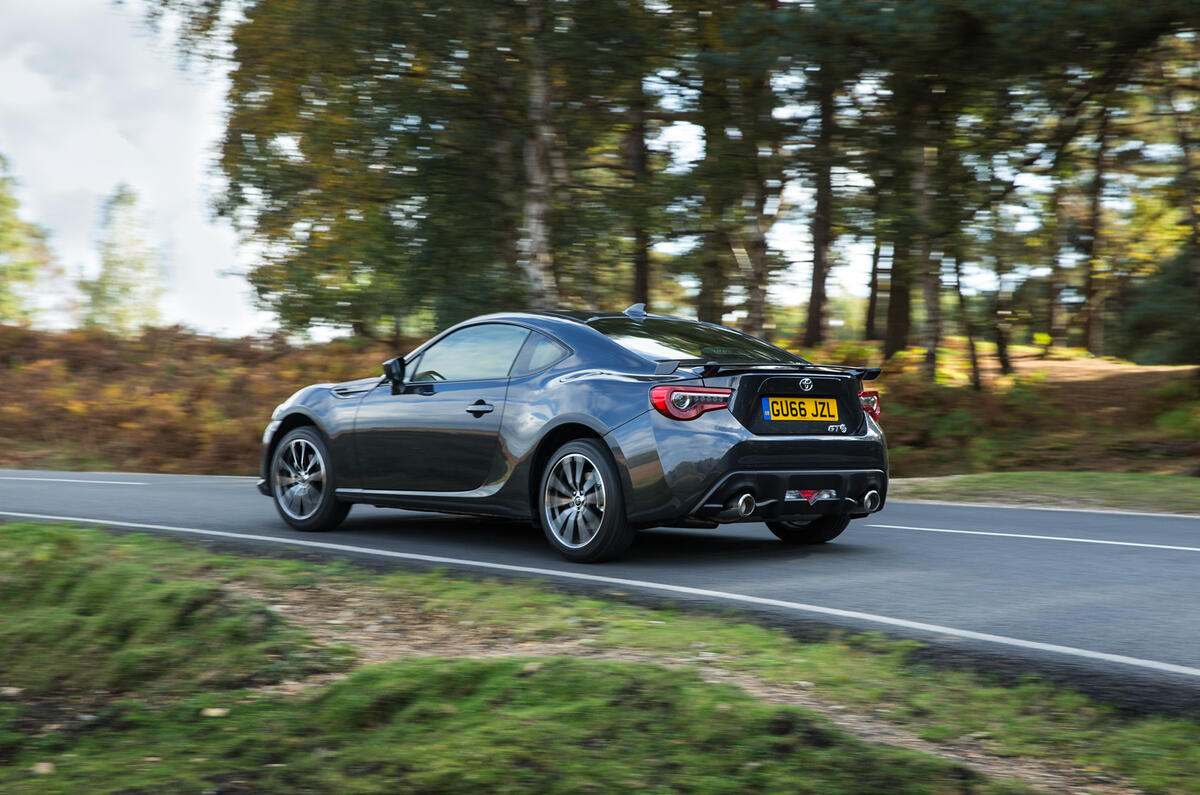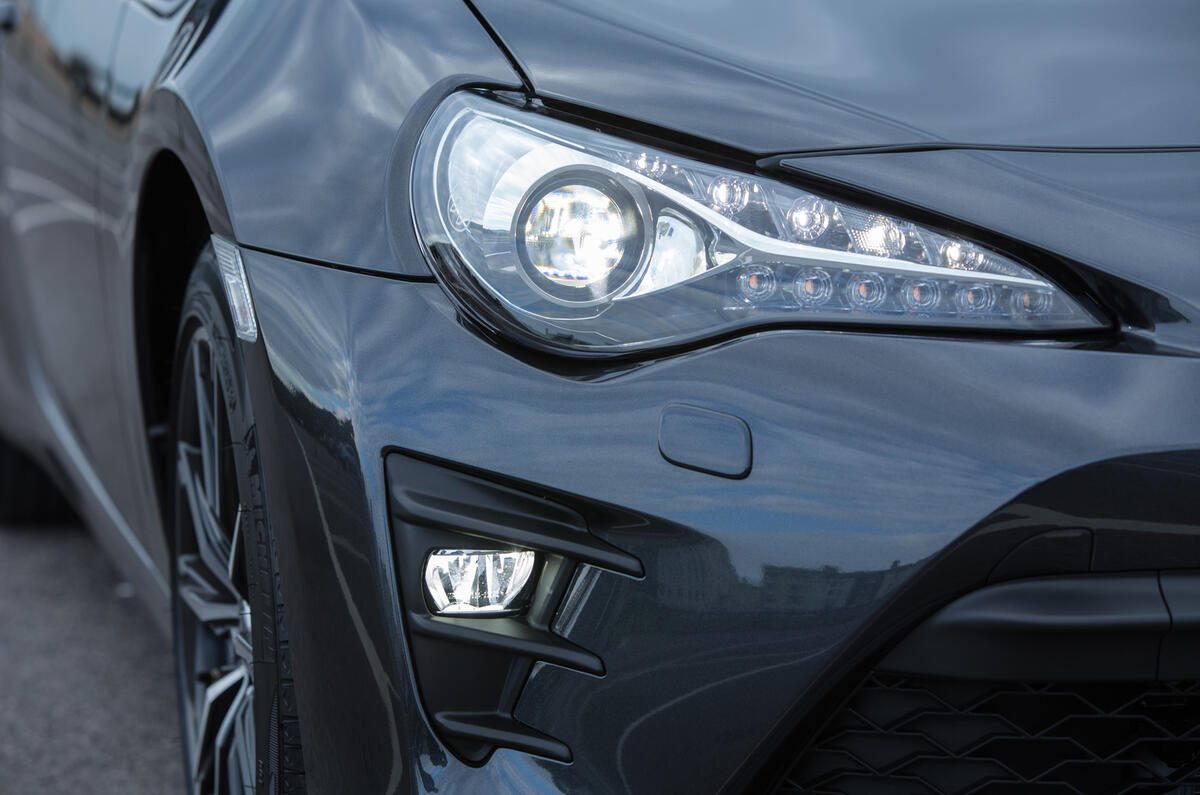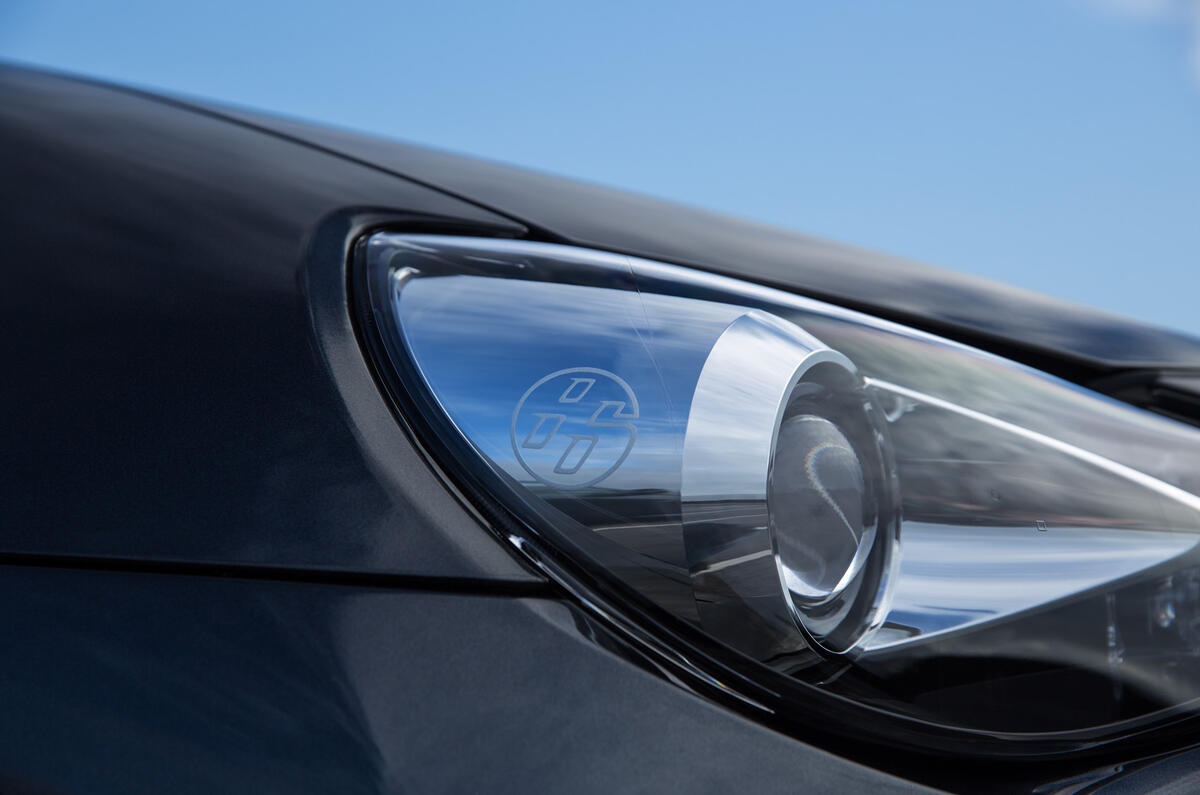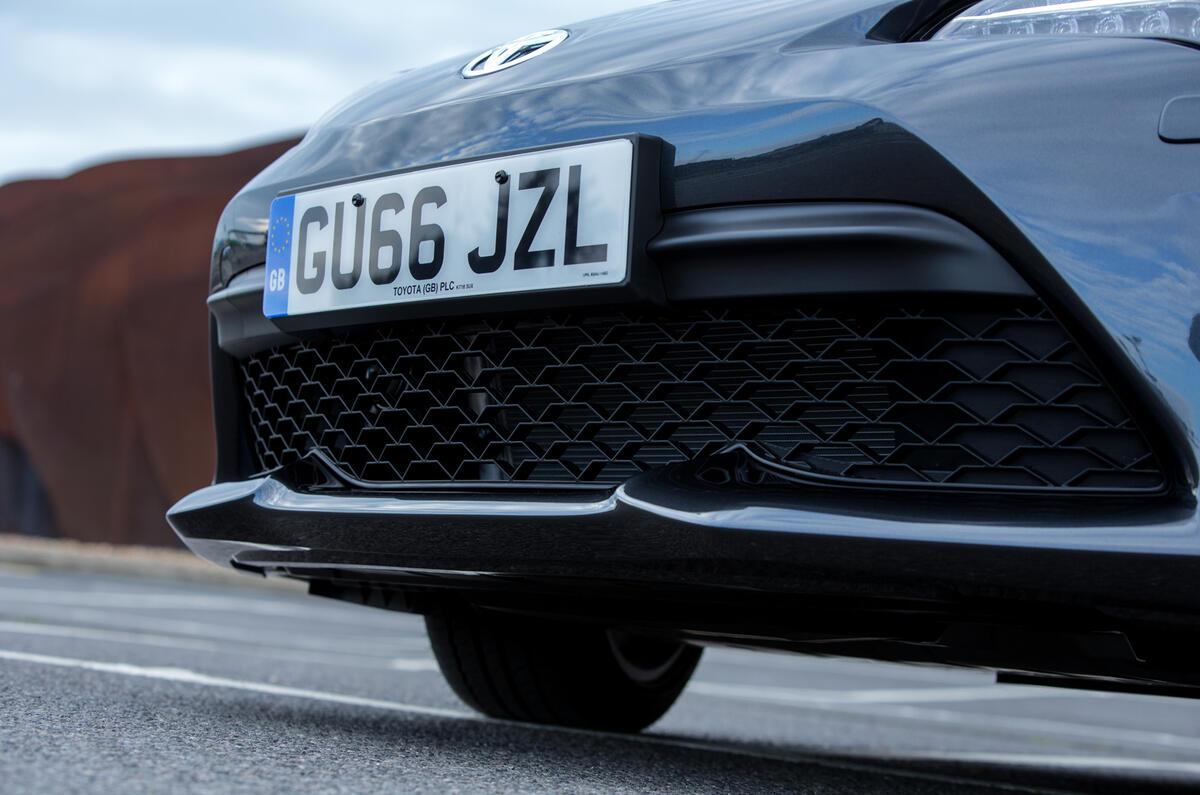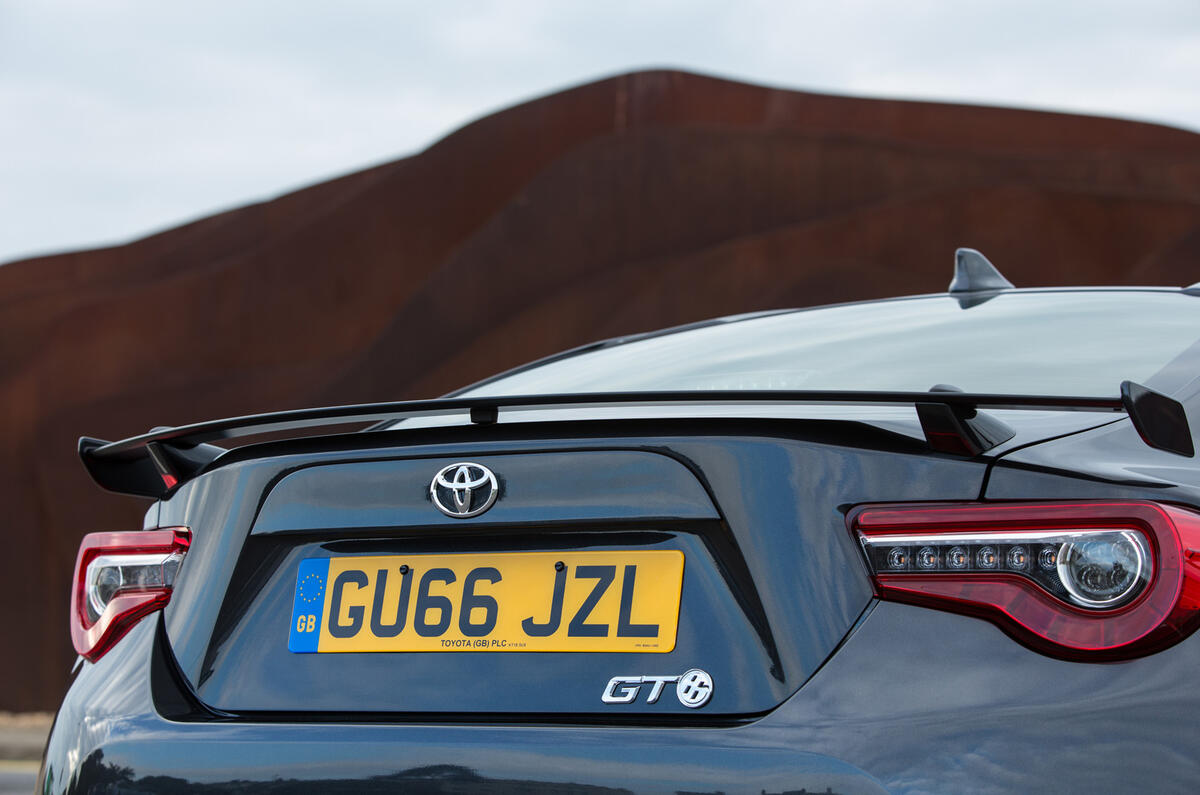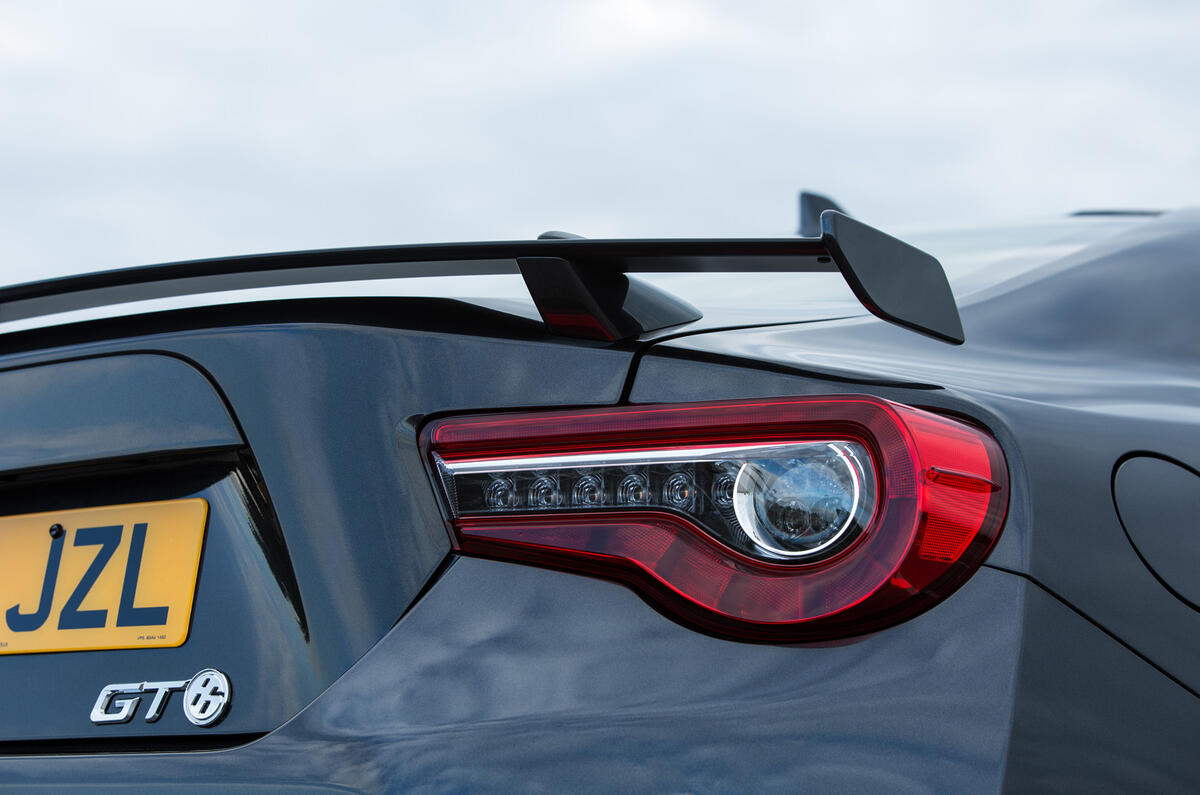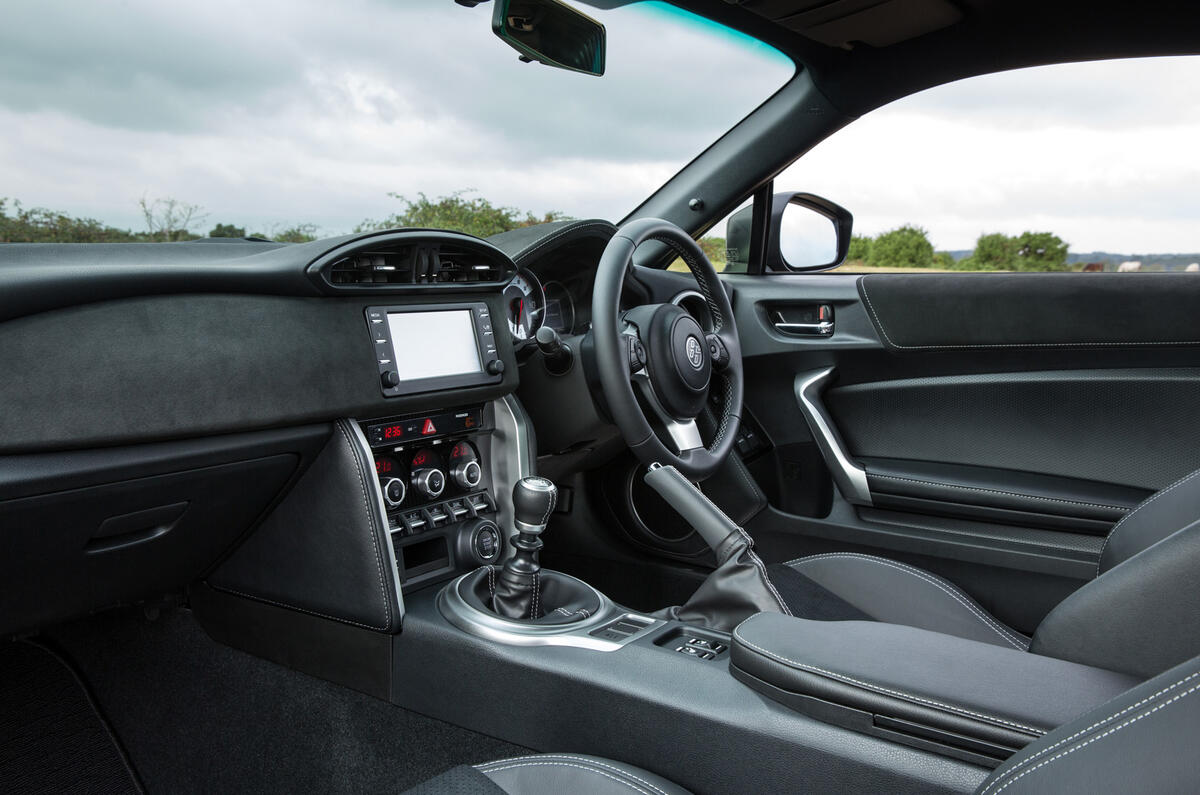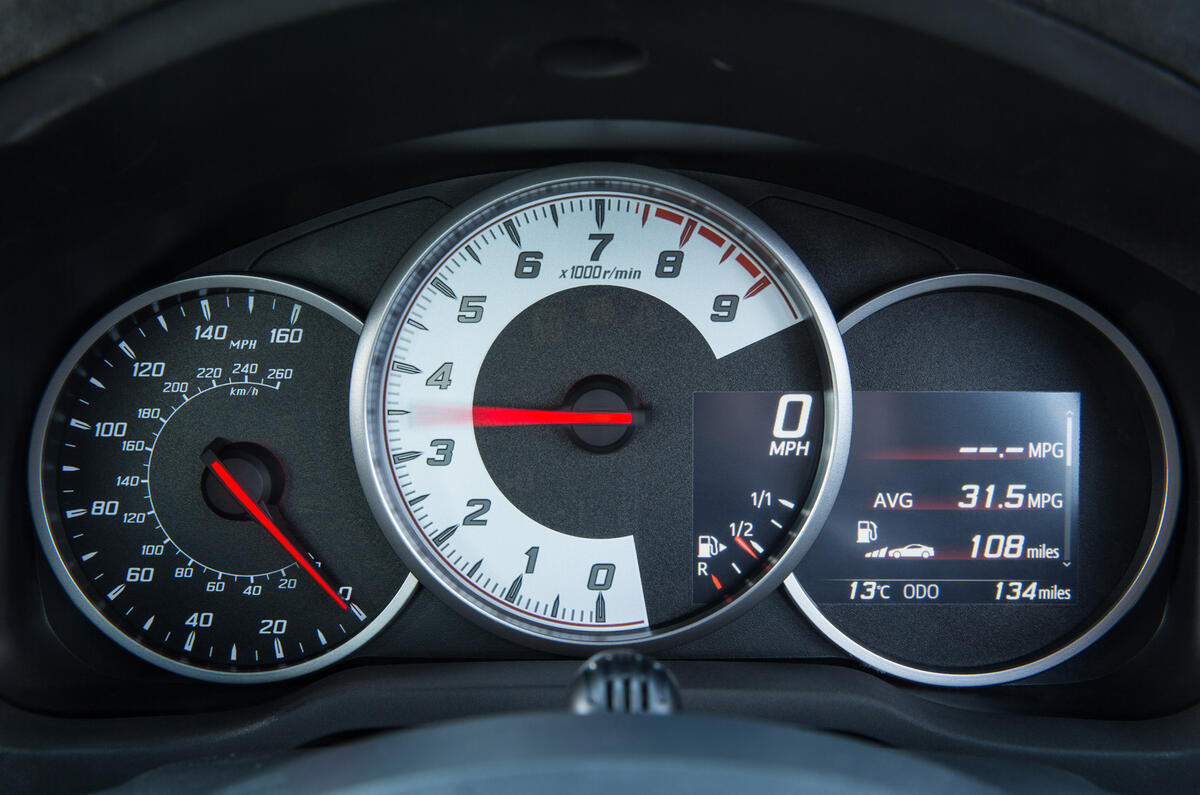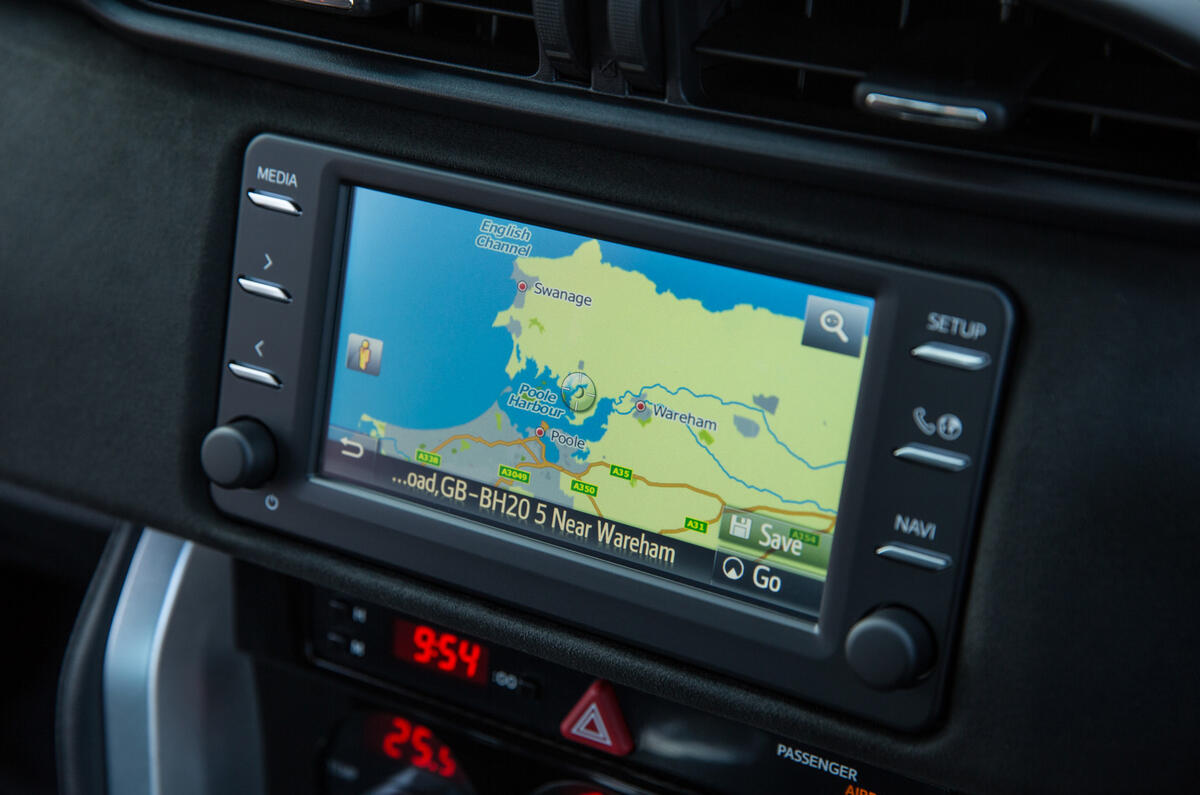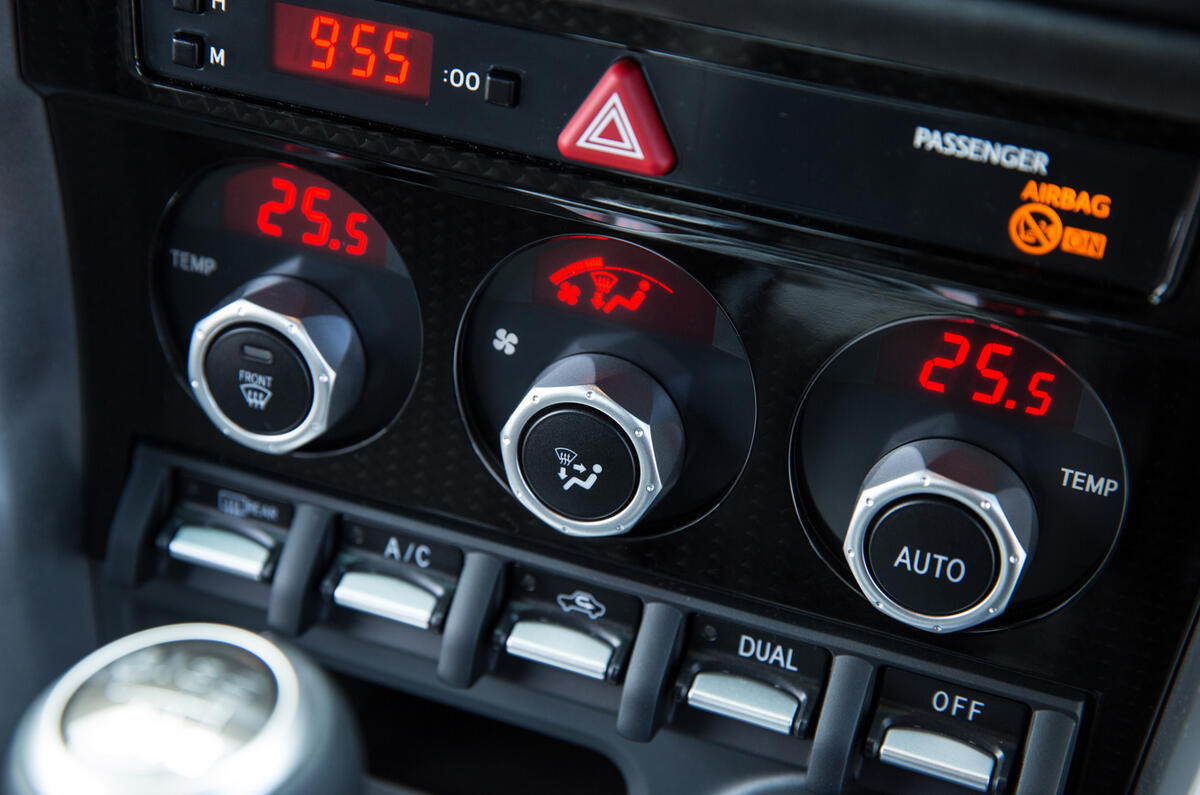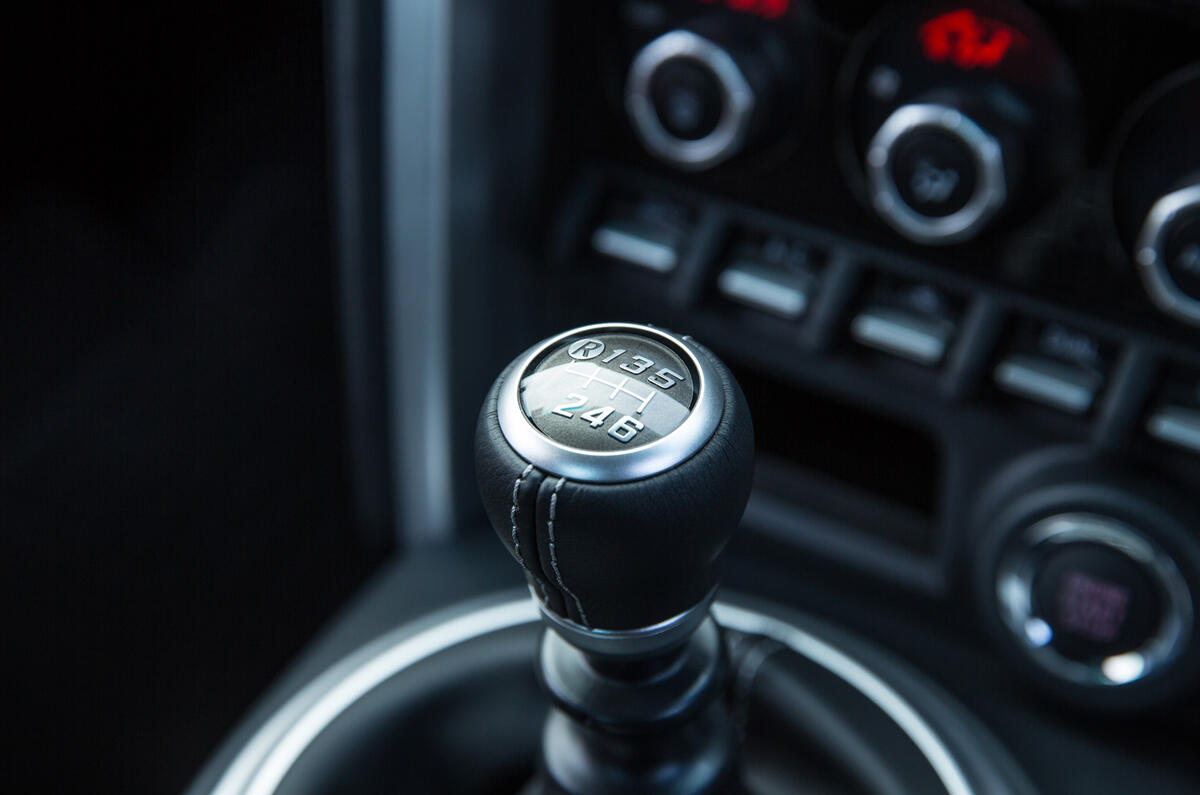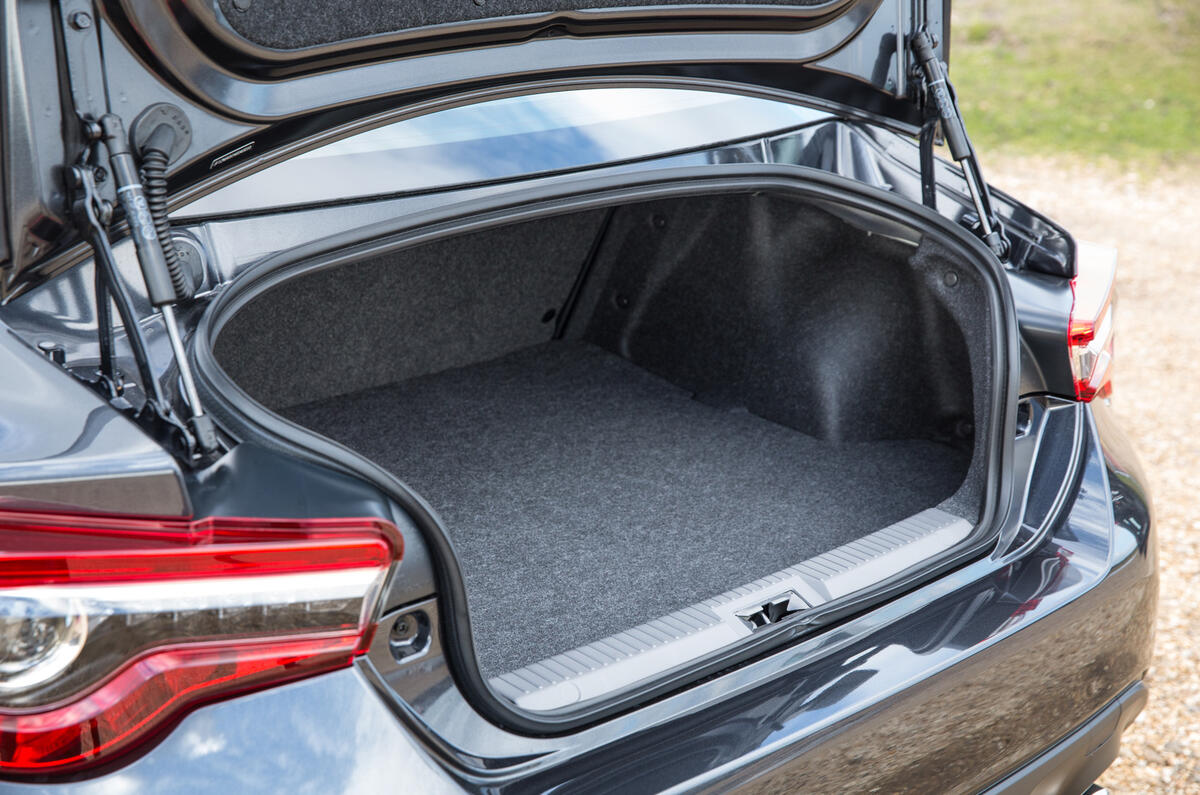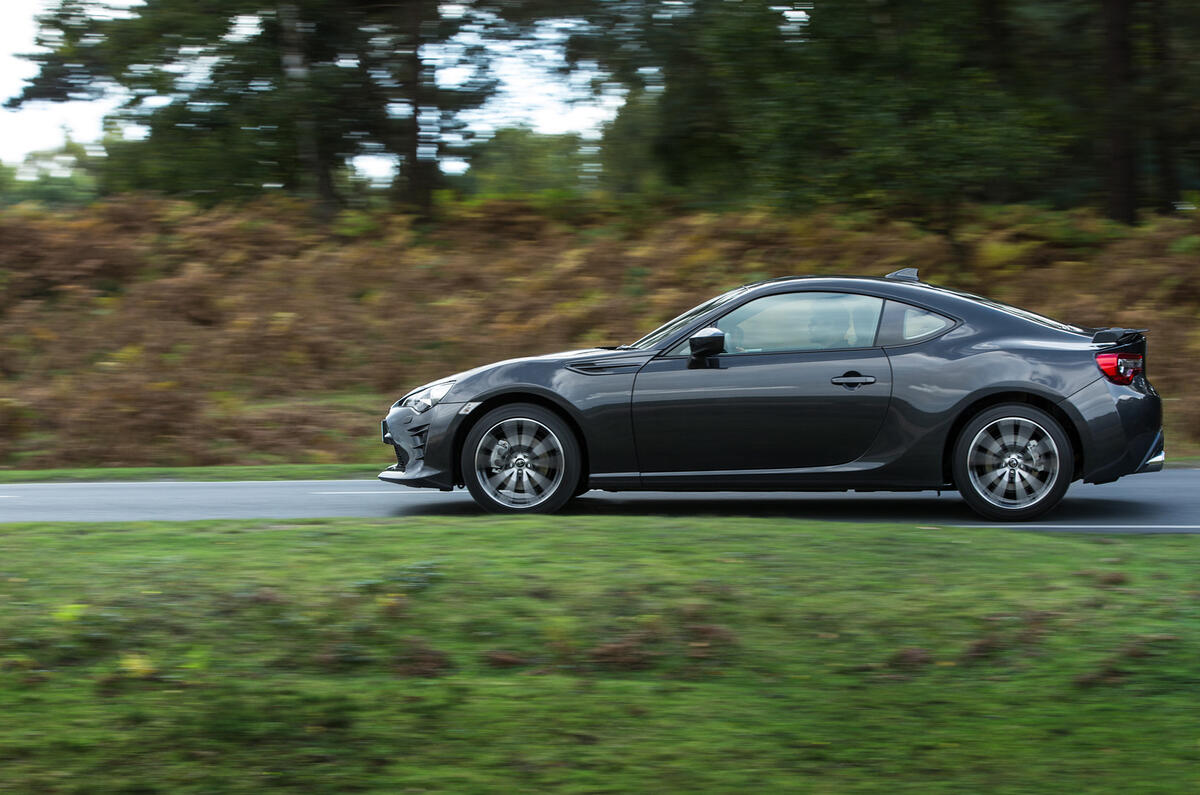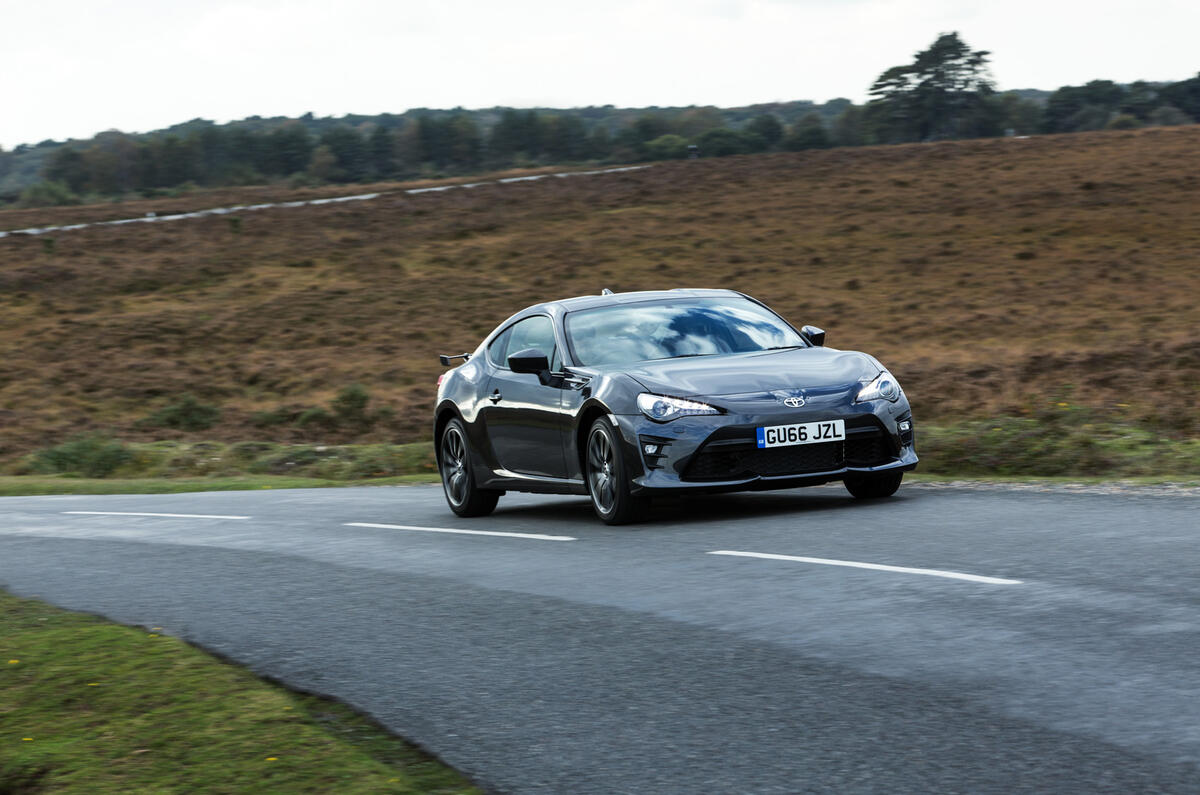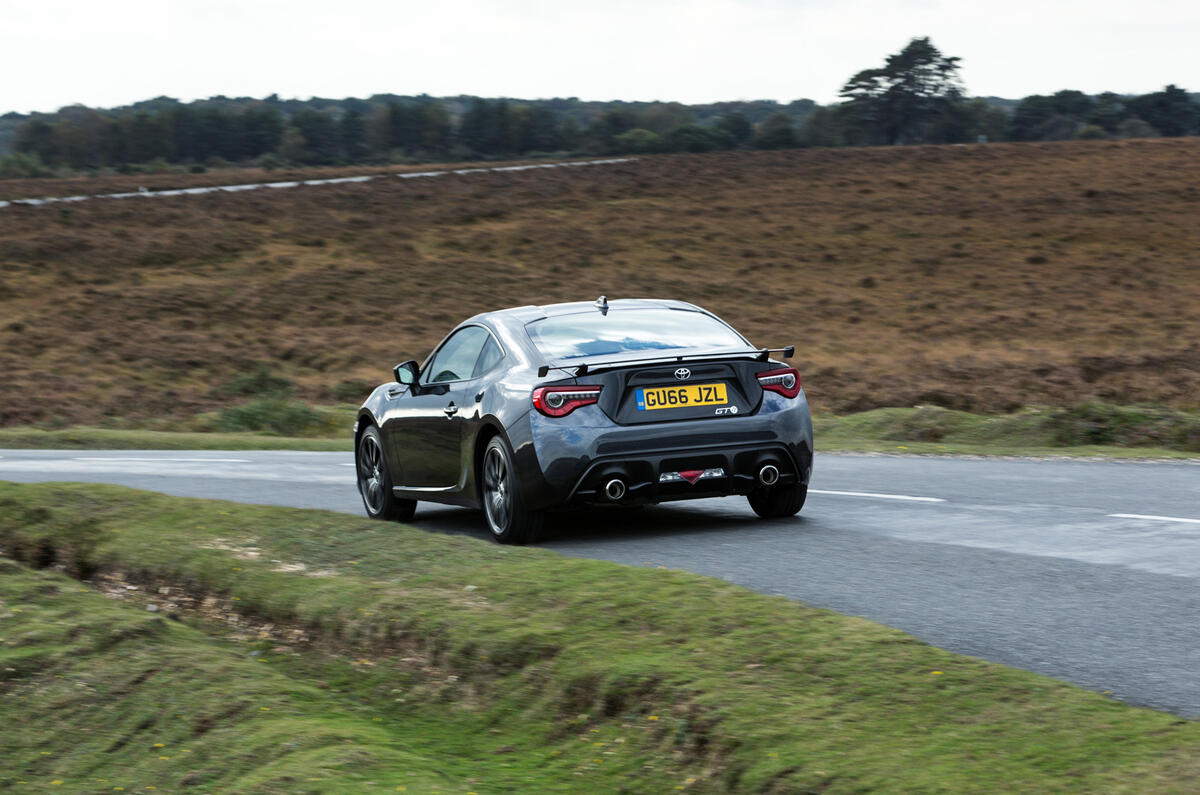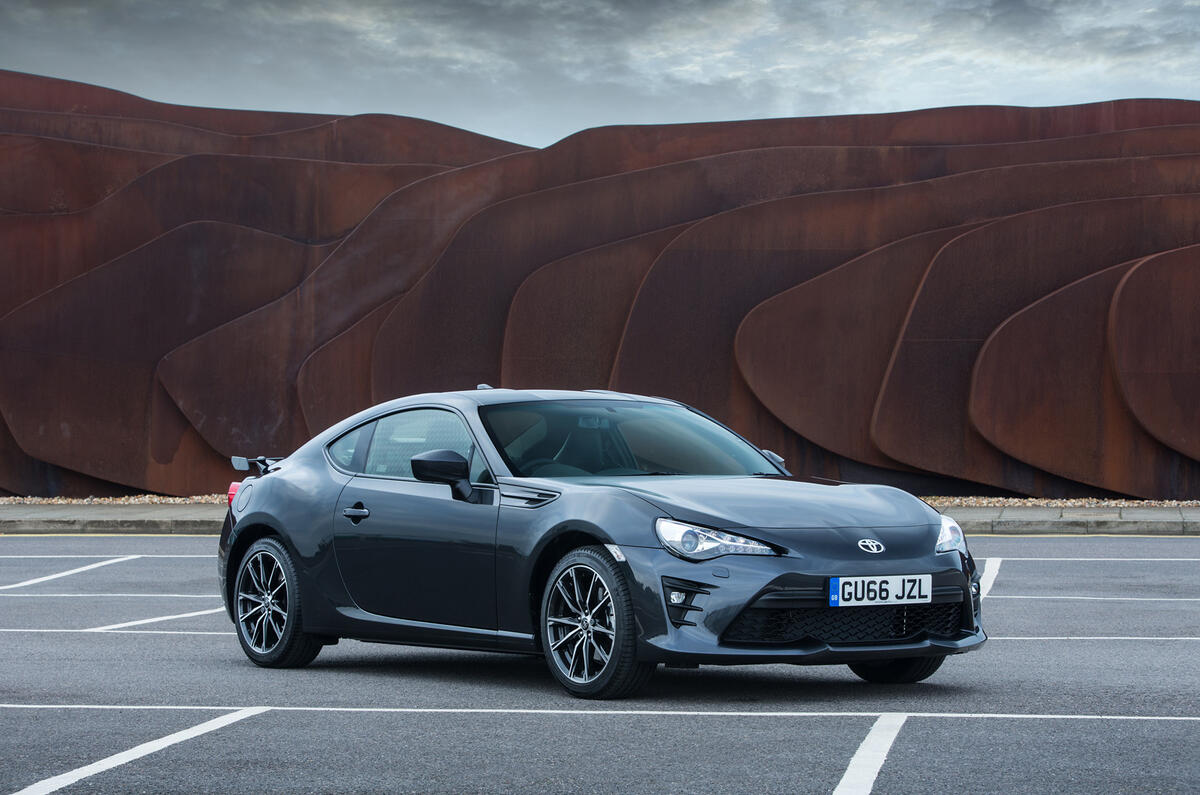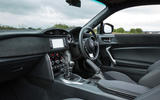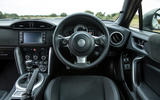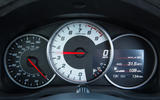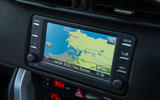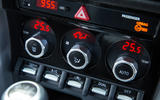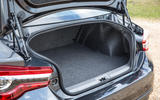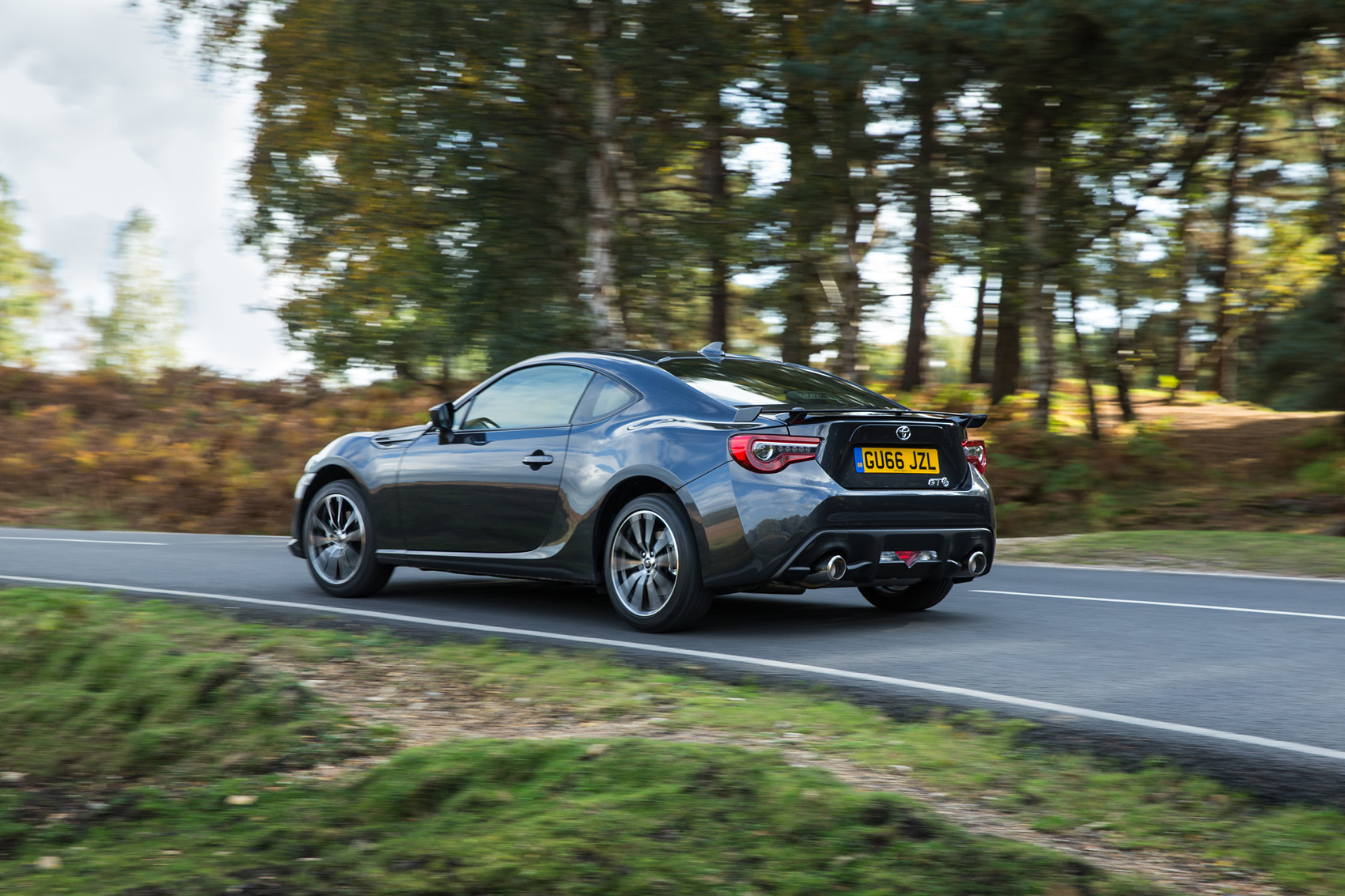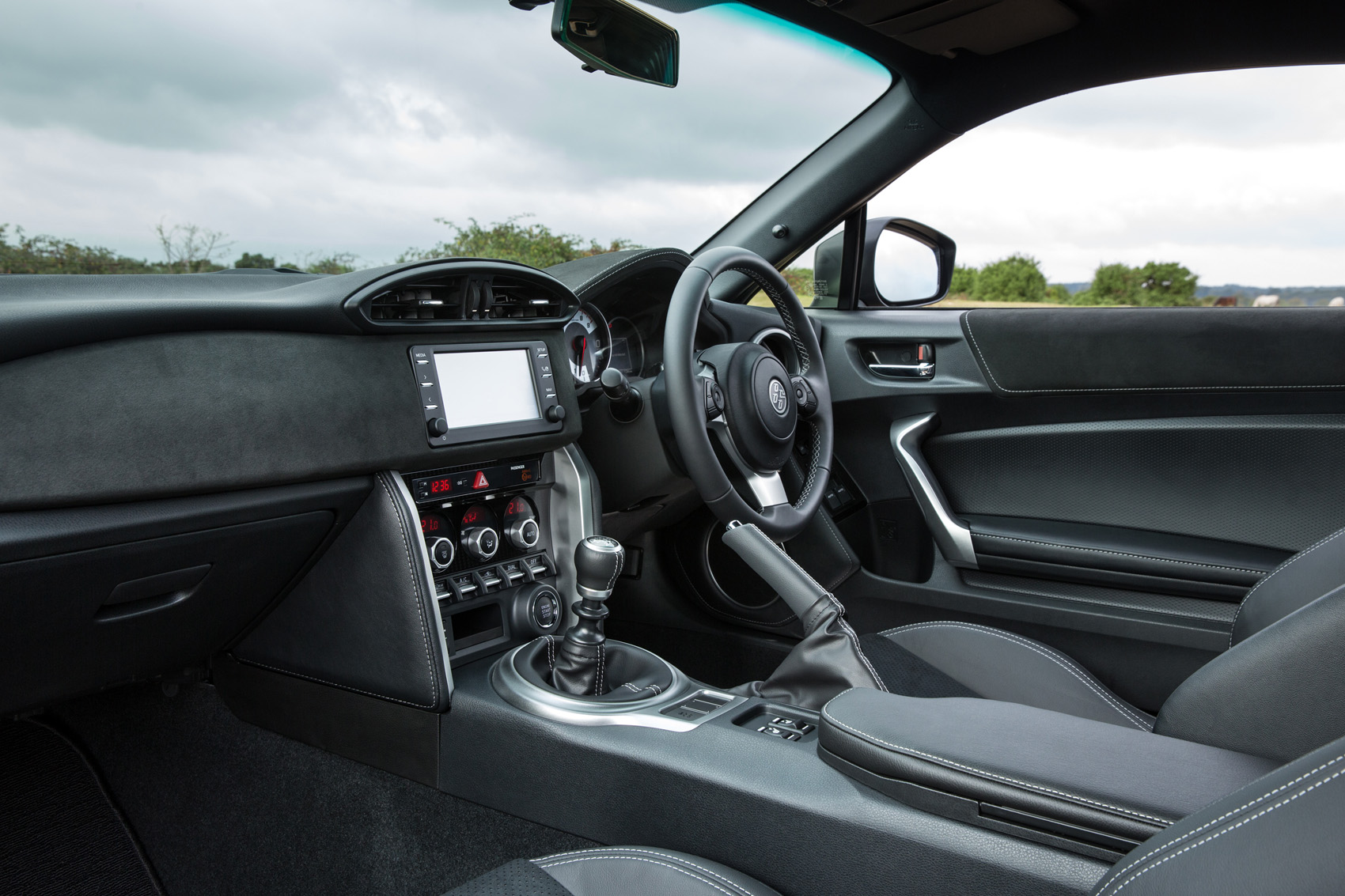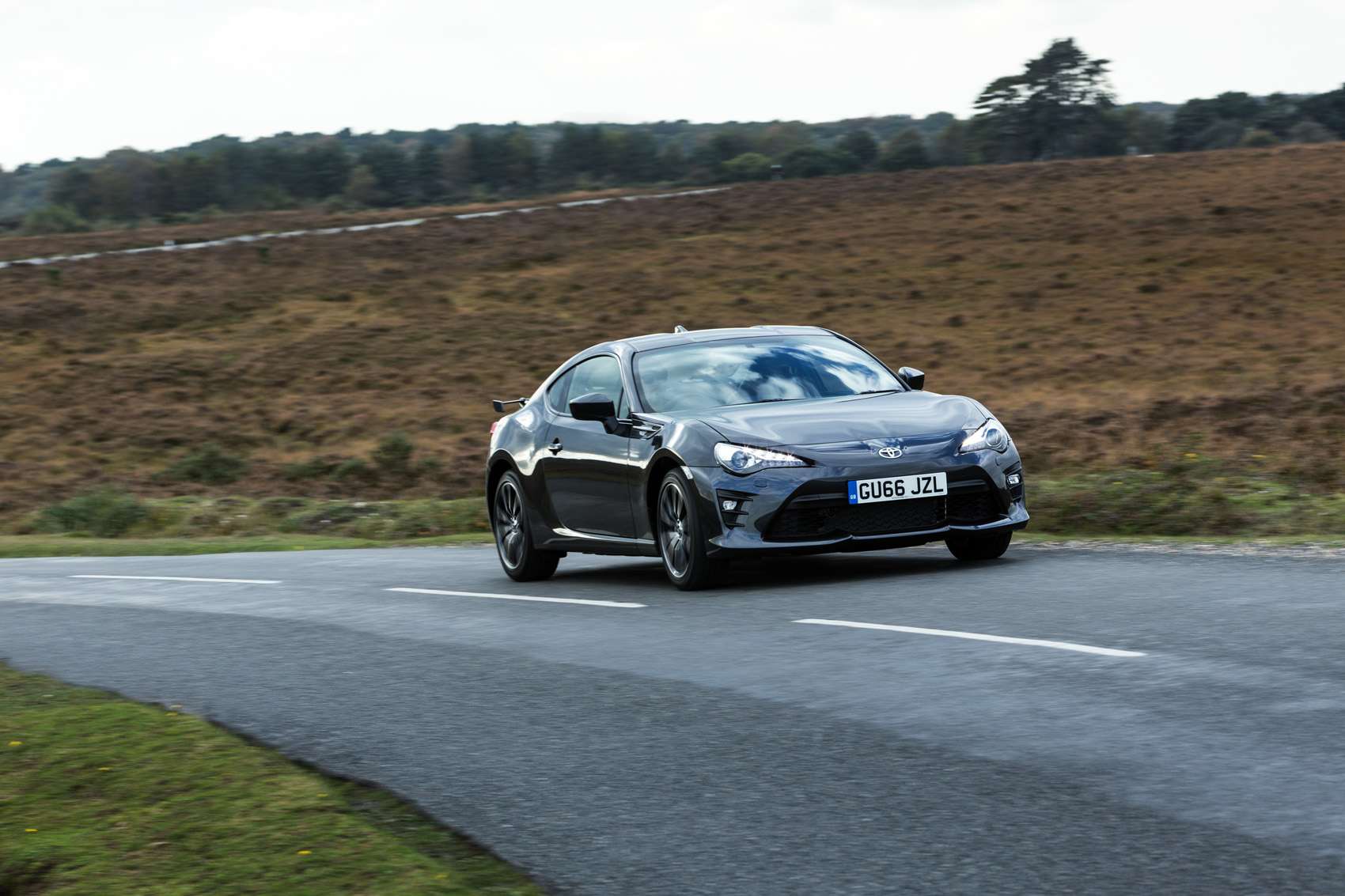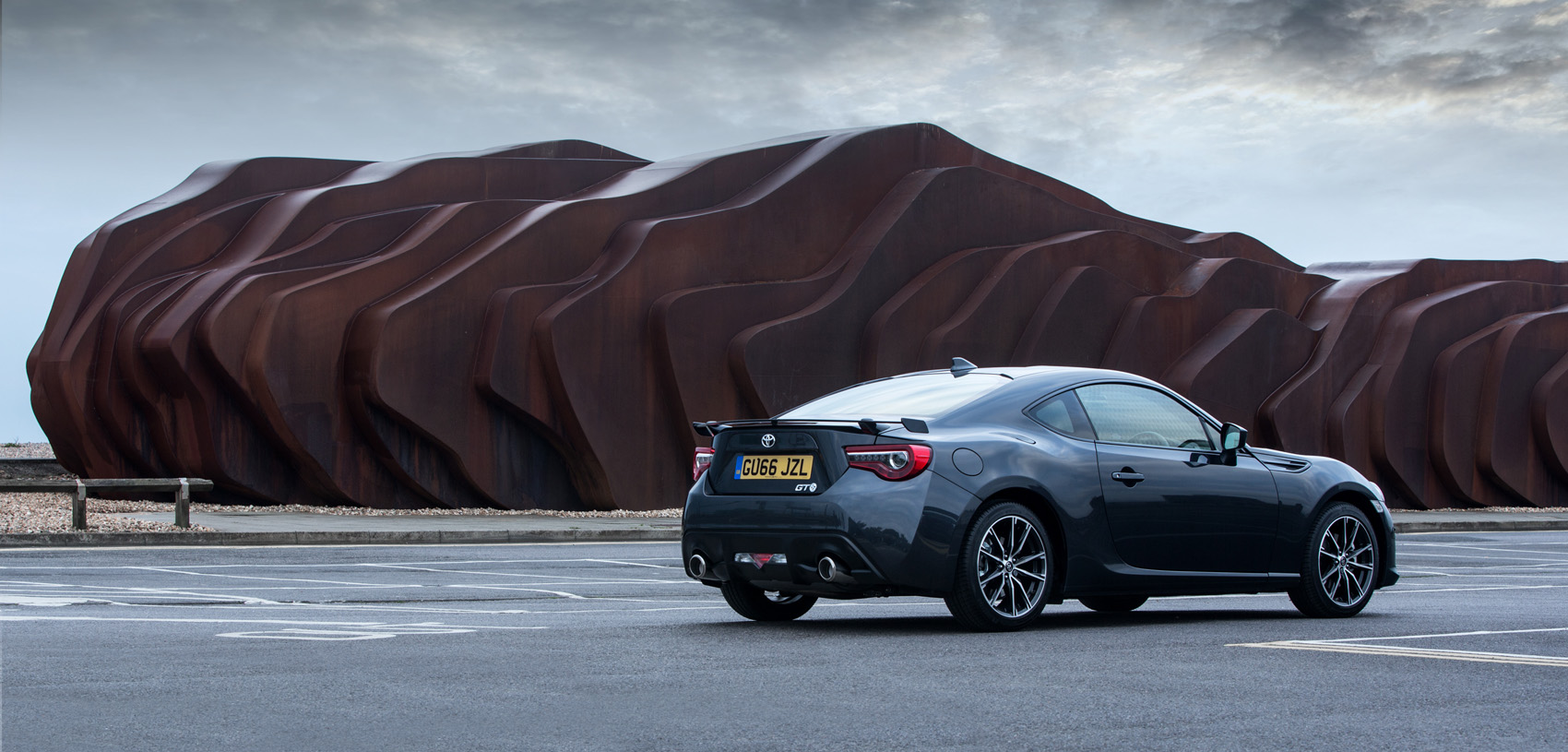Small, fun sports cars with rear-wheel drive and a proper manual gearbox are a rarity in new car showrooms these days, and prices of second-hand examples are holding strong as a result.
But one of the best of the breed from recent times still looks like sensible value, so now’s the time to get in before it attains full-on collectible status.
With its lightweight chassis, communicative steering and responsive, naturally aspirated engine, the athletic Toyota GT86 is a proper driver’s car, but one that remains eminently suitable for everyday use, as proven by its five-star Autocar road test verdict.
You have to work the 197bhp 2.0-litre boxer engine quite hard: with peak power coming in at 7000rpm and (a not very whopping) 151lb ft of torque delivered at 6400rpm, 0-60mph takes 7.4sec, so it looks a bit undernourished next to the hardcore hot hatches and baby GTs you could have for the same money.
But outright pace is not the aim here: this is characterful and accessible performance that you can deploy in the real world at will.
The free-breathing boxer delivers a throaty punch all the way to the 7400rpm redline and, if you keep it on the boil, it has no trouble hustling this sub-1300kg coupé along at pace.
If you want more gusto, turbos, superchargers and intake kits are widely available, but if you’re buying a used one that has already been given a boost, check the parts have been sourced and fitted by a reputable company – and watch out for lairy bodykits and wings, a telltale of a life well lived.



